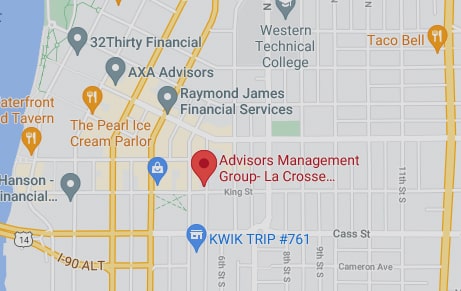Our routines have been turned upside down by the coronavirus pandemic. That includes the regular process of making estimated tax payments for people who are self-employed or don’t have taxes withheld from other sources of taxable income (such as interest, dividends or capital gains). In a normal year, the first estimated tax payment for 2020 would have been due April 15, and the second payment for the year would be due June 15, 2020. But, of course, nothing is normal right now.
Estimated taxes are typically paid in four equal installments—one installment for each quarter of the year. For the 2020 tax year, estimated tax payments for the first and second quarter aren’t due until July 15, 2020. As a result, the 2020 estimated tax payment schedule is adjusted as shown in the table below.
Due Dates for 2020 Estimated Tax Payments
Payment |
When Income Earned in 2020 |
Due Date |
|---|---|---|
| 1st Payment | January 1 to March 31 | July 15, 2020 |
| 2nd Payment | April 1 to May 31 | July 15, 2020 |
| 3rd Payment | June 1 to August 31 | September 15, 2020 |
| 4th Payment | September 1 to December 31 | January 15, 2021 |
You don’t have to make the payment due January 15, 2021, if you file your 2020 tax return by February 1, 2021, and pay the entire balance due with your return.
No Income Until Later in the Year?
You don’t have to make estimated tax payments until you have income on which you will owe tax. So, for example, if you don’t have any taxable income until July 2020, you won’t have to make an estimated tax payment until September 15, 2020. At that point, you can either pay your entire estimated tax by September 15, or you can pay it in two installments by September 15 and February 1.
Farmers and Fishermen
If at least two-thirds of your gross income is from farming or fishing, you can make just one estimated tax payment for the 2020 tax year by January 15, 2021. If you file your 2020 tax return by March 1, 2021, and pay all the tax you owe at that time, you don’t need to make any estimated tax payments.
How to Pay
Use Form 1040-ES to calculate and pay your estimated taxes. There are a number of ways to pay estimated taxes, including by check, cash, money order, credit card and debit card. There are many online payment options, too, such as the Electronic Federal Tax Payment System (EFTPS). The various payment methods are described in the instructions for Form 1040-ES.
Penalties
Whether you make estimated tax payments or rely on withholding, you could be hit with a penalty if you don’t pay enough tax throughout the year. The penalty doesn’t apply if you owe less than $1,000 in tax. You can also avoid the penalty if your 2020 withholding or estimated tax payments equal at least 90% of your 2020 tax liability, or 100% of the tax shown on your 2019 return (110% if your 2019 adjusted gross income was more than $150,000).
Don’t Forget About Your State
Finally, unless you live in a state with no income tax, you probably owe estimated tax payments to your state, too. Due dates for state payments may or may not coincide with the federal dates, so be sure to check with the appropriate tax agency in your state.
Source: Kiplinger



